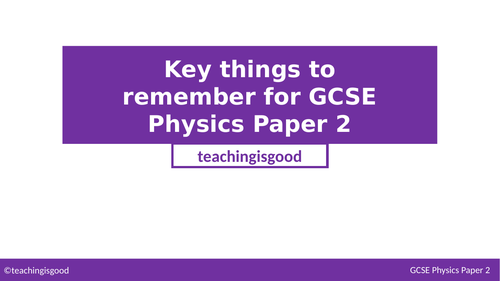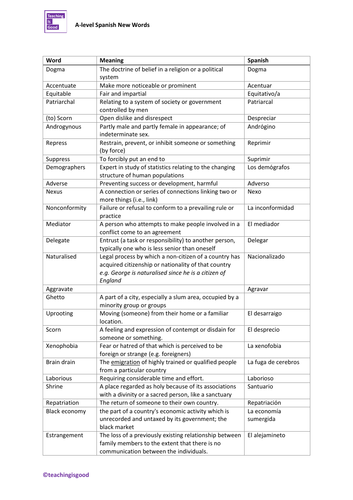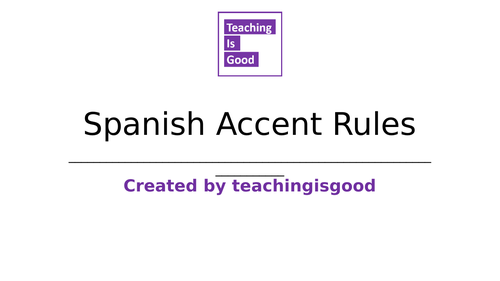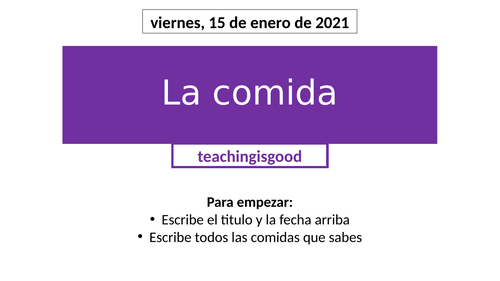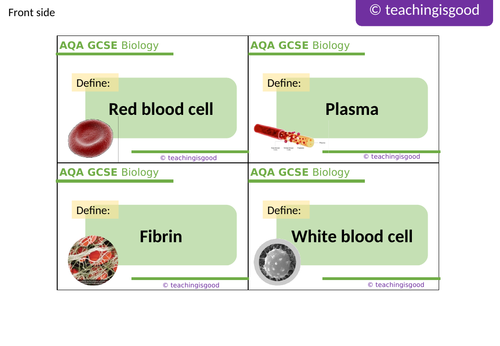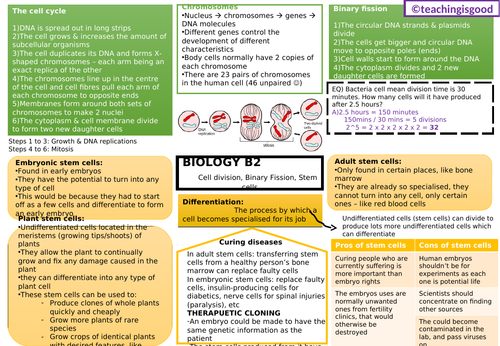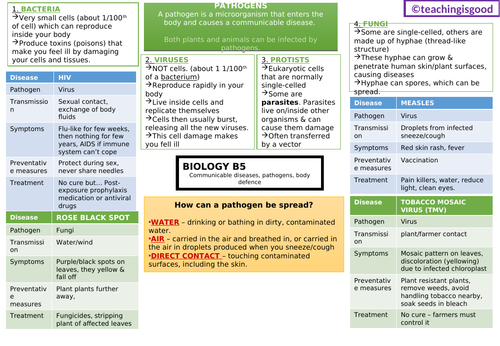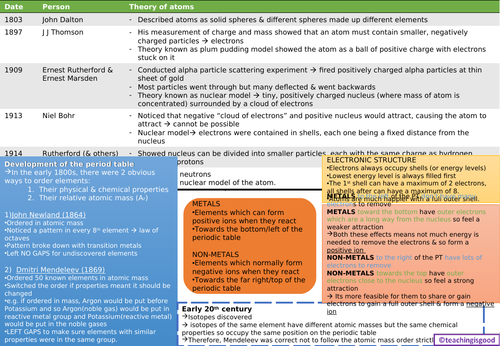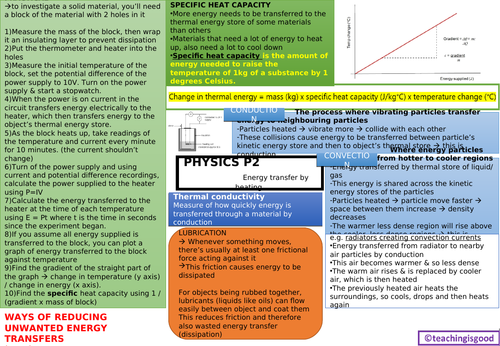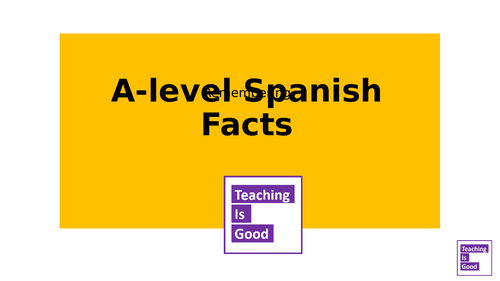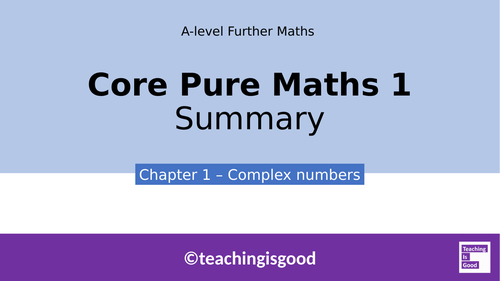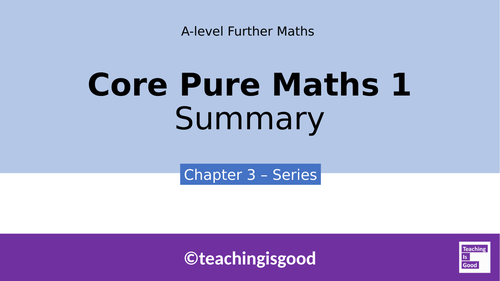Teachingisgood's Shop
Hello! Welcome to the official Teachingisgood shop! I myself have seen loads of presentations, worksheets, booklets and resources which just bore you and have too much text or not enough information. My aim is to get rid of these resources and bring in resources that are interactive and fun. It will engage you with the topic and encourage you to learn by the use of a simple layout, animations, links, videos to help you follow along!

